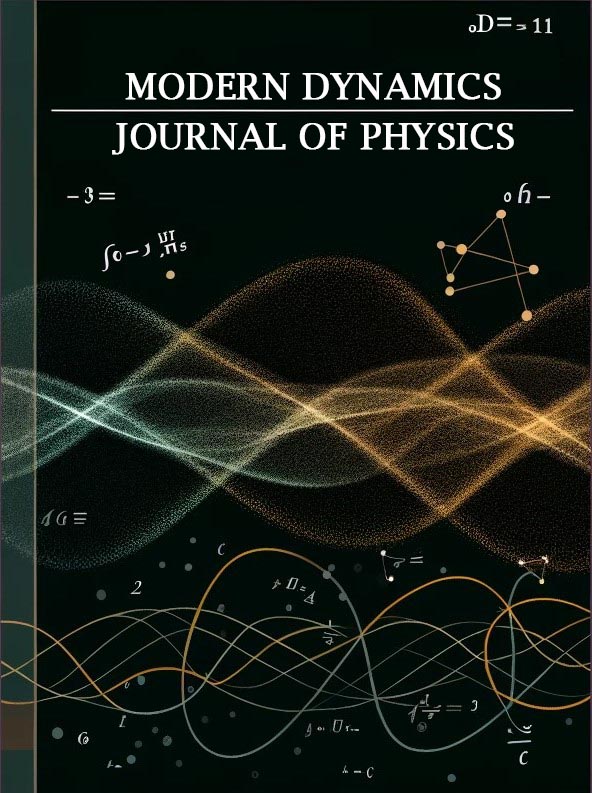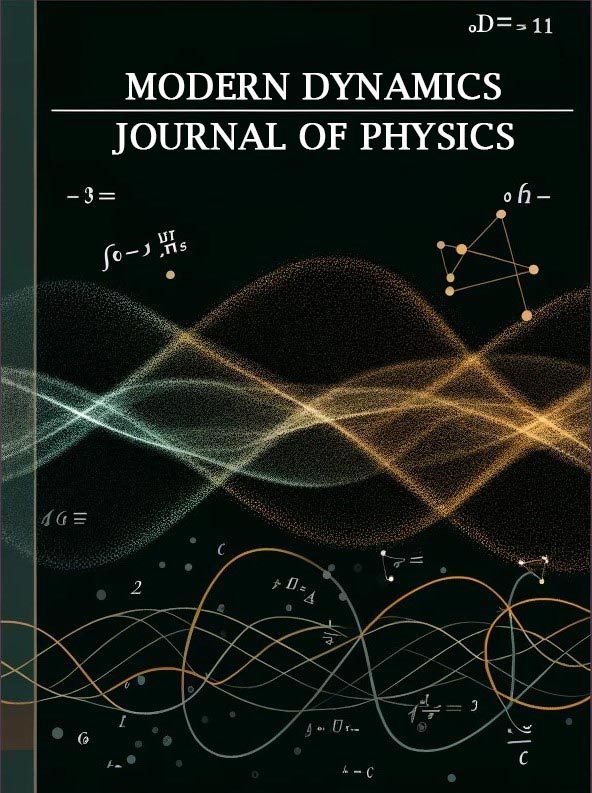Exploring the Role of Topological Insulators in Next-Generation Electronics
DOI:
https://doi.org/10.36676/mdjp.v1.i1.3Keywords:
Topological insulators, Electronic properties, Surface states, Bulk states, Field-effect transistorsAbstract
Topological insulators have emerged as a novel class of materials with unique electronic properties that hold great promise for next-generation electronics. This paper explores the role of topological insulators in advancing electronic devices and circuits beyond conventional semiconductor technology. Beginning with an overview of the fundamental principles underlying topological insulators, we delve into their distinctive electronic structure, characterized by robust conducting surface states and insulating bulk states. We discuss the potential applications of topological insulators in electronic devices, such as field-effect transistors, spintronic devices, and quantum computing architectures. Furthermore, we examine recent experimental advancements and theoretical developments in the field, highlighting key challenges and opportunities for harnessing the full potential of topological insulators in next-generation electronics. Through a comprehensive analysis of both theoretical principles and practical implementations, this paper aims to shed light on the transformative impact of topological insulators on the future of electronic technology.
References
Ando, Y. (2013). Topological insulator materials. Journal of the Physical Society of Japan, 82(10), 102001.
Anil Kumar. (2017). Exploring Single-Electron Transistors (SETs) in Molecular Electronics: Advanced Simulations Using TCAD and Virtuoso Framework. Innovative Research Thoughts, 3(8), 155–165. Retrieved from https://irt.shodhsagar.com/index.php/j/article/view/1399
Animesh Kumar Vishvakarma, & Shashank Shukla. (2018). GRID INTEGRATION OF WIND AND SMALL HYDRO POWER GENERATION SYSTEM: A REVIEW. International Journal for Research Publication and Seminar, 9(2), 20–27. Retrieved from https://jrps.shodhsagar.com/index.php/j/article/view/1318
Atomode, D (2024). ENERGY EFFICIENCY IN MECHANICAL SYSTEMS: A MACHINE LEARNING APPROACH, Journal of Emerging Technologies and Innovative Research (JETIR), 11 (5), 441-448.
Bansil, A., Lin, H., & Das, T. (2016). Colloquium: Topological band theory. Reviews of Modern Physics, 88(2), 021004.
Dave, A., Wiseman, M., & Safford, D. (2021). SEDAT:Security Enhanced Device Attestation with TPM2.0 (Version 1). arXiv. https://doi.org/10.48550/ARXIV.2101.06362
Hasan, M. Z., & Kane, C. L. (2010). Colloquium: Topological insulators. Reviews of Modern Physics, 82(4), 3045-3067.
Hsieh, D., & Fu, L. (2012). Majorana fermions and surface states in topological superconductors. Annual Review of Condensed Matter Physics, 3(1), 159-184.
Fu, L. (2011). Topological crystalline insulators. Physical Review Letters, 106(10), 106802.
Kou, X., Fan, Y., & Upadhyaya, P. (2015). Magnetic topological insulators and quantum anomalous Hall effect. Solid State Communications, 215, 34-53.
Kumar, A. (2024). Exploring the Foundations of Quantum Mechanics: Recent Developments and Open Questions. Journal of Quantum Science and Technology, 1(1), 20–24. https://doi.org/10.36676/jqst.v1.i1.05
Kumar, S., & Shahzada, D. (2017). Study of relationships between ligand binding in a metal complex a. Innovative Research Thoughts, 3(11), 296–300. Retrieved from https://irt.shodhsagar.com/index.php/j/article/view/370
Moore, J. E. (2010). The birth of topological insulators. Nature, 464(7286), 194-198.
Ms. Rinku. (2022). The Role of Topology in Solving Differential Equations and its applications. Innovative Research Thoughts, 8(1), 115–118. Retrieved from https://irt.shodhsagar.com/index.php/j/article/view/1111
Priya. (2017). Study about Topology, Base and Subbase for a Topology. Innovative Research Thoughts, 3(7), 68–71. Retrieved from https://irt.shodhsagar.com/index.php/j/article/view/162
Ramesh, D. (2024). Quantum Advantage in Machine Learning: A Comparative Study of Quantum and Classical Algorithms. Journal of Quantum Science and Technology, 1(1), 25–29. https://doi.org/10.36676/jqst.v1.i1.06
Ravinder. (2015). Modern Trends in Mathematical Research. International Journal for Research Publication and Seminar, 6(7). Retrieved from https://jrps.shodhsagar.com/index.php/j/article/view/689
Satyanarayan Kanungo, 2021. "Enhancing IoT Security and Efficiency: The Role of Cloud Computing and Machine Learning" ESP Journal of Engineering & Technology Advancements 1(1): 7-14. DOI: https://doi.org/10.56472/25832646/JETA-V1I1P099
Singh, M. (2024). Emerging Quantum Materials: Synthesis, Characterization, and Device Applications. Journal of Quantum Science and Technology, 1(1), 15–19. https://doi.org/10.36676/jqst.v1.i1.04
Qi, X. L., & Zhang, S. C. (2011). Topological insulators and superconductors. Reviews of Modern Physics, 83(4), 1057-1110.
Ugersan Dangi. (2022). SIC/AL COMPOSITE IN AEROSPACE OPTOELECTRONIC. International Journal for Research Publication and Seminar, 13(2), 360–370. Retrieved from https://jrps.shodhsagar.com/index.php/j/article/view/615
Vamsi Katragadda "Ethical AI in Customer Interactions: Implementing Safeguards and Governance Frameworks" Iconic Research And Engineering Journals Volume 7 Issue 12 2024 Page 394-397
Wang, J., Lian, B., & Zhang, S. C. (2019). Electric circuits with topological insulators. Journal of Physics: Condensed Matter, 31(29), 293001.
Zhang, Y., & Vignale, G. (2016). Orbital angular momentum in topological insulators. Journal of Physics: Condensed Matter, 28(36), 363001.
Downloads
Published
How to Cite
Issue
Section
License
Copyright (c) 2024 Modern Dynamics: Journal of Physics

This work is licensed under a Creative Commons Attribution-NonCommercial 4.0 International License.
This license requires that re-users give credit to the creator. It allows re-users to distribute, remix, adapt, and build upon the material in any medium or format, for noncommercial purposes only.

